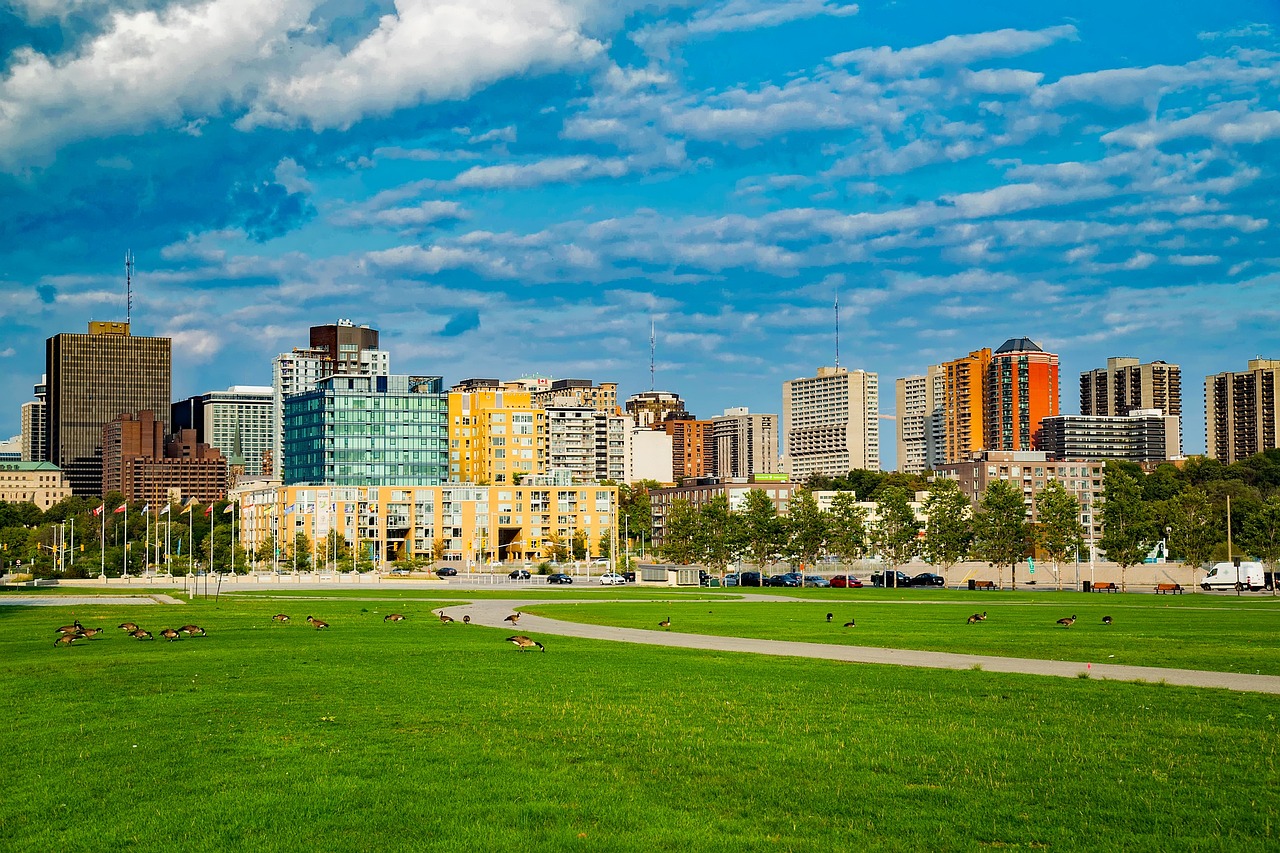Understanding Canada's Housing Landscape: Current Dynamics and Future Needs
To truly appreciate the current dynamics and projected needs of housing in Canada, it's crucial to understand its evolution.
From the mid-20th century to the turn of the millennium, Canada's housing market was primarily characterized by single-family homes. Suburban sprawl became common as families sought spaces in the outskirts of bustling cities. This was largely driven by the desire for larger living spaces, and the relative affordability of suburban land.
However, as we entered the 21st century, a shift became evident. Urban centers like Vancouver and Toronto began witnessing a surge in condominium constructions. The vertical expansion seemed to be the answer to the growing population and the limitations of horizontal sprawl. High-rise buildings catered not just to the younger demographic but also to retirees looking to downsize.

Affordability Crisis and Housing Policies
One of the defining aspects of the recent Canadian housing narrative has been the affordability crisis. With skyrocketing prices in major cities, many Canadians found themselves priced out of markets where they work and live.
This affordability crisis didn't go unnoticed by policymakers. Over the past decade, various levels of government have implemented measures aimed at cooling the housing market. These include:
-
Mortgage Stress Tests: Introduced to ensure borrowers can handle interest rate hikes.
-
Foreign Buyer Taxes: To curb speculative buying by non-residents.
-
Vacancy Taxes: To motivate property owners to either rent out their vacant properties or sell them.
While these measures showed mixed results, they underline the government's proactive stance on housing affordability.

The Role of Technology in Housing
Technology, particularly in the form of PropTech (Property Technology), has started to play an increasingly significant role in the housing landscape. From virtual home tours to AI-driven property valuations and blockchain in real estate transactions, the intersection of technology and housing promises a more efficient and transparent ecosystem.
Moreover, sustainable housing technology, like energy-efficient solutions, green building materials, and smart home integrations, is becoming a priority. These not only reduce the carbon footprint of homes but also result in long-term savings for residents.
Housing and Community Building
An often overlooked aspect of housing is its role in community building. As urban centers grow and housing needs evolve, there's an increasing emphasis on creating integrated communities. These aim to be inclusive spaces, fostering connections, ensuring safety, and providing amenities within easy reach.
Mixed-use developments, which combine residential (multi-family), commercial, and recreational spaces, are becoming more prevalent. They offer residents the convenience of having workspaces, retail outlets, parks, and other amenities in close proximity, reducing the need for long commutes.
As we navigate the complexities of the Canadian housing landscape, understanding its historical evolution, policy interventions, technological integrations, and the broader role of housing in community building becomes essential. It provides a holistic perspective, enabling informed decisions and fostering a future where housing is not just about structures but about creating sustainable, inclusive, and vibrant communities.





